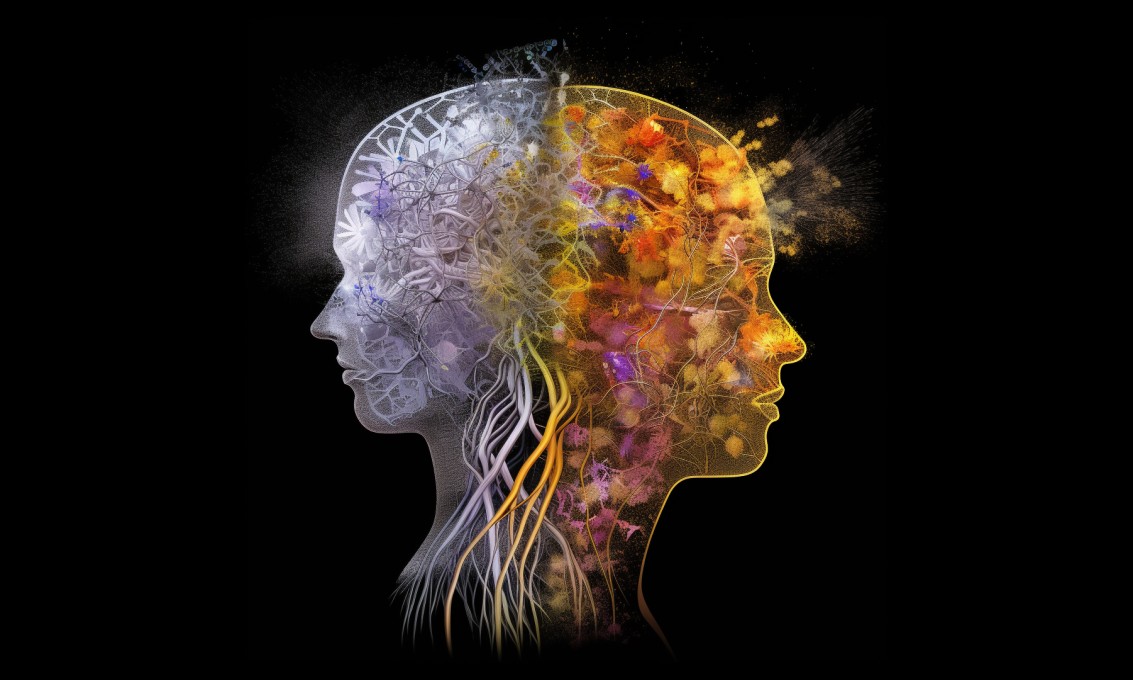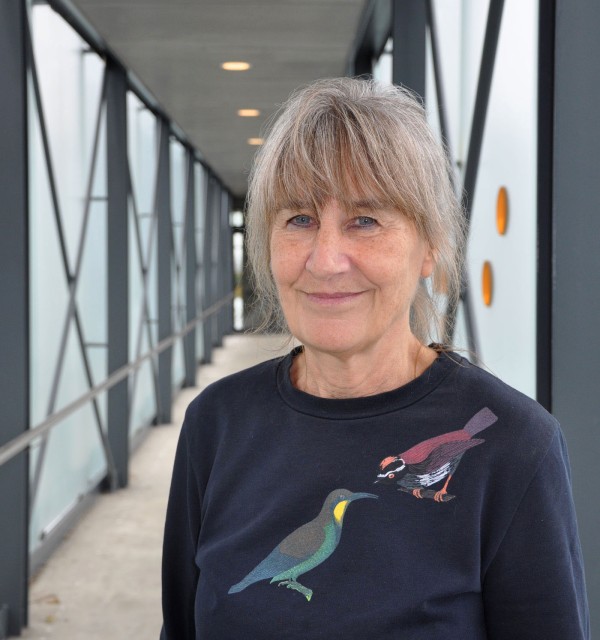The transition from reading primarily on paper to reading on a variety of screen devices introduces a new media ecology which invites new modes of understanding and exploring reading, across disciplines and paradigms.

Much of the discussion of – and research on – reading and digitalization is centered on comparing the reading of various types of texts on paper and on screens. Such a simple dichotomy risks blurring the fact that reading is a much more multifaceted process than a visual processing of black letters on a white background (paper or screen display).
Reading is, and has always been, a process and skill entailing bodily, cognitive, perceptual, and multisensory processes during which we engage the whole body in interaction with a variety of interfaces (computers, smart phones, tablets, Kindles with picture book apps, etc.). In order for reading research to accommodate these new dimensions of reading, a more nuanced conceptualization of reading is needed, where existing paradigms are complemented with theoretical perspectives and methodological approaches facilitating a better understanding of the interplay between sensory modalities, technological substrates and various texts, in an increasingly complex and hybrid media landscape. Emphasizing the multisensory and embodied dimension of reading may contribute to a more nuanced debate around digital technologies in reading and learning.
The SENSE-READ consortium defines reading as a multisensory process which involves all our sensory modalities in various ways, reflecting the skills, preferences and motivations of the reader, the nature and affordances of the substrate and the device, and contextual factors, such as dimensions of the environment.
Reading, and learning, is fundamentally multisensory and embodied. The brain, and cognition, are embodied, and perceptual, cognitive, affective and emotional processes work together during reading. Haptics, tactile feedback, audio-vision, olfaction and proprioception are part of any reading process and experience, whether we read a novel on a Kindle on the train, a print textbook for study, or a picture book app with children. SENSE-READ aims to supplement existing reading research by paying close scholarly attention to the multisensory and embodied dimensions of reading across contexts, purposes, communities, and age groups, by drawing on insights from recent cognitive science, material engagement theory, phenomenology, cognitive ethnography, and ecological psychology.
For example, in the research project Sensory Books - we explore smell and the role of smell in reading together with kindergarten teachers. We want to find out how scent imrpessions affect 3-5 year olds' digital reading and whether scented books increase children's engagement, understanding and conceptual learning.
The project «Deep study reading” is a collaboration with researchers at the University of Oslo. Here, we study long-form (five hour reading sessions) academic and literary reading and explore the role of access to, and use of, digital technologies during reading, on experiences of flow, focus, and engagement.
Interdisciplinary and multi-method empirical research requires a serious methodological innovation that accommodates both the process and outcome measures, tapping into the multiscalarity and individual differences in reading, including verbal, observational, behavioral and sociocultural processes that cannot be captured with classic lab research but require advanced eye-tracking and mixed-method approaches. Through collaborating with the Cognitive Lab in Stavanger, and affiliated colleagues nationally and internationally, we will create a methodological model for studying reading as embodied-affective, multisensory engagement, that can be applied across reading communities and contexts.
A key objective of SENSE-READ is to map the role of sensory modalities in the reading of different types of texts (e.g., narrative/literary; expository), for different purposes (e.g., for information; entertainment; learning), in different media (e.g., tablets; smartphones; laptops; print books), in different communities of readers (e.g., kindergarten; school; study; leisure), in different physical environments (closed rooms; natural/green/built open spaces). The core members currently lead or have committed to actively seek major external funding (including EU Funds through ERC, Horizon and NFR) to answer vital empirical questions connected to sensory reading.
The multifaceted aspects of learning and reading need to be connected not only on the methodological but also conceptual levels and will be pursued with the resources at the Cognitive Lab, the members’ expertise and their international networks.
The overall ambition of SENSE-READ is to become a national hub of research-practice-design expertise in innovative reading studies that overcome the print-digital dichotomy in reading with an innovative sensory approach.
Research projects
Project managers
National Centre for Reading Education and Research
Norwegian Centre for Learning Environment and Behavioral Research in Education


















